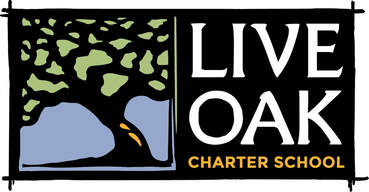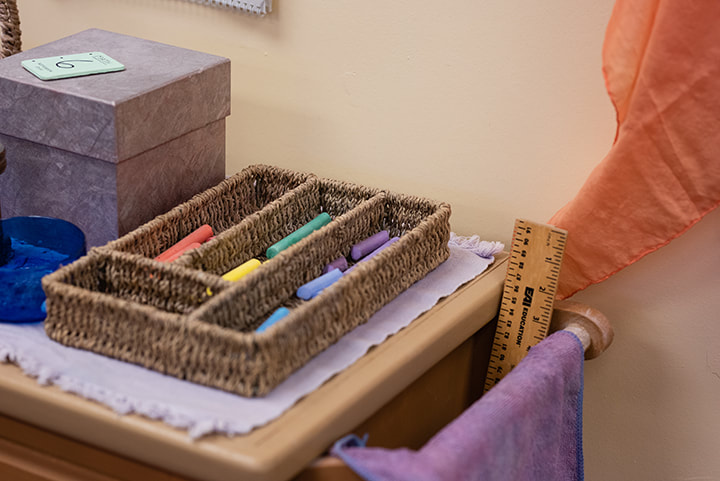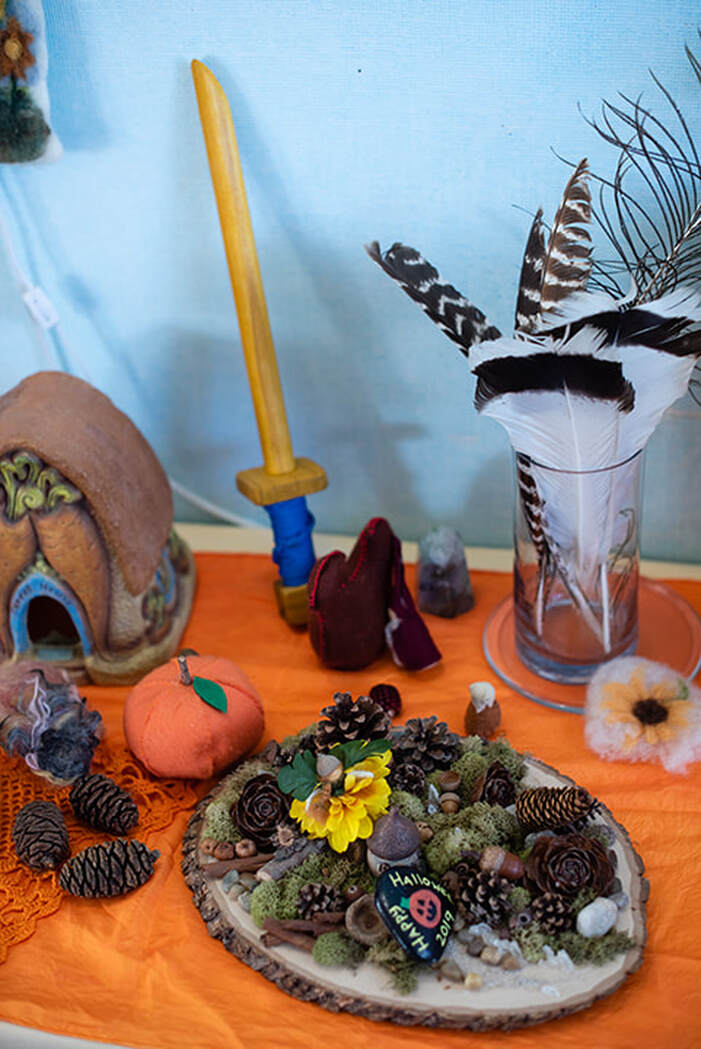Grades
When is the right time to engage a student in new concepts? This is the developmental model at the heart of our Waldorf inspired curriculum. We merge the latest understanding of human development, including neurological understanding, with the slower paced course of teaching to match developmental stages. The pace and course of teaching is different than many schools here in the states but if you look internationally, you will find this model most common.
Here at Live Oak we have one class per grade level after Kindergarten. Our looping model ensures each child is fully seen and that the adult and child have a long term relationship. This means the same teacher for: 1-3, 4-5, and 6-8 in our Middle School.
Students begin their day with 90 minutes of Main Lesson followed with specialty classes (Handwork, Movement, and Music) and specialty teachers.
First grade children are presented with archetypes of the human experience. Characters in their stories represent positive attributes, such as courage, honesty and goodness. Letters they learn lay the basis for writing and reading; the numbers and operations they explore initiate them into the world of mathematics. Their day may include: beeswax modeling, form drawing, and pentatonic flute playing.
Second grade children are more aware of their experiences in the larger world and the values of others. Stories explore duality and plurality. They read about conflicts and laugh at the naughty fox. They read about great and noble people- models of being our highest self. Working with number facts and tables, and with the four operations engenders confidence in their thinking. Nature walks and stories prepare them for formal science studies in later grades.
Third grade children experience a new sense of self and their place in the world. They are facing mortality and looking for a place to land. The curriculum gives them skills to survive (gardening, cooking and taking care of chickens) and a shelter building block/report. Measurement in all its forms helps students apply their knowledge. Subjects such as farming, house-building, and other crafts connect them with practical life.
Fourth graders are becoming stronger, more confident, and more expressive. These qualities are mirrored by the Norse myths, which depict dramatic deeds of loyalty, courage, and treachery and mimic the internal turmoil of 10 year olds. . By re-telling, writing, and acting out these stories, students make them their own. The study of fractions, and of the animal kingdom in relation to the human being, help students recognize the relationship between a whole and its part. Explorations of local and California history and geography engender appreciation and understanding of their home state.
Fifth grade is the heart of childhood, a time of balance and harmony. These qualities are expressed through the myths and cultures of ancient India, Persia, Egypt, Babylonia, and Greece. To bring the study of Greece to life, students participate in a multi-school reenactment of the ancient Greek Olympics, and introduced to decimals and the metric system. Fifth grade students explore our country’s heritage in their history and geography classes, and discover the magic and mystery of the plant kingdom and of less-familiar animals in science classes.


